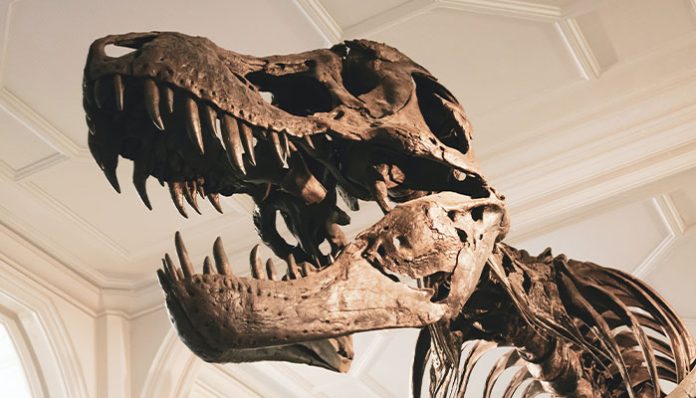The difference in how quickly mammals, including humans, age compared to many reptiles and amphibians may be linked to the dominance of dinosaurs millions of years ago, suggests microbiologist João Pedro de Magalhães from the University of Birmingham in the UK.
According to his “longevity bottleneck” hypothesis, during the time when dinosaurs ruled the Earth, smaller mammals needed to reproduce rapidly to survive. As a result, genes for longer lifespans might have been discarded in the process of evolution. This extended period of evolutionary pressure, lasting around 100 million years during the age of dinosaurs, could have influenced the way humans age today.
Interestingly even marsupials and monotremes lack at least one of the three enzymes that repair damage from UV radiation, known as photolyases. It’s unclear if this is connected to their relatively shorter lifespans.
One possible explanation is that mammals lost these enzymes because they became more active during the night to stay safer, and now we compensate for it with sunscreen. This loss represents a repair mechanism that we might have had otherwise.
There are other indications as well. For instance, certain reptiles like alligators can continuously grow teeth throughout their lives, unlike humans who cannot. This could be a result of genetic choices dating back thousands of years.
“We see examples in the animal world of amazing repair and regeneration,” says de Magalhães. “This genetic information might not have been necessary for early mammals that were fortunate enough not to end up as T. rex food.”
While some mammals, like whales and humans, can live for more than a hundred years, it’s not clear if we are constrained by the shorter lifespans of our ancestors or if we have evolved to be unaffected by them. This question could be the focus of future research.
Understanding the factors that influence aging is crucial for developing strategies to combat age-related diseases, like dementia and stroke. The concept of the “longevity bottleneck” proposed by João Pedro de Magalhães offers a perspective on the genetic influences that may contribute to the aging process.
While the idea is currently a hypothesis, it opens up intriguing possibilities for further exploration. One interesting angle is the suggestion that the rapid aging process in mammals, shaped by the evolutionary pressures during the time of dinosaurs, might have implications for the prevalence of cancer in these species.
The notion is that the trade-off for accelerated reproduction and survival in the face of dinosaur dominance might have led to genetic changes that increase the susceptibility to cancer.
The Magalhães implies that understanding the evolutionary context of mammalian aging could provide insights into why certain age-related diseases, particularly cancer, are more common in mammals compared to other species.
This line of thinking emphasizes the importance of genetic factors in shaping not only the aging process itself but also the vulnerabilities to various diseases associated with aging. Further research in this area could potentially offer valuable clues for developing interventions and treatments to address age-related health challenges.


